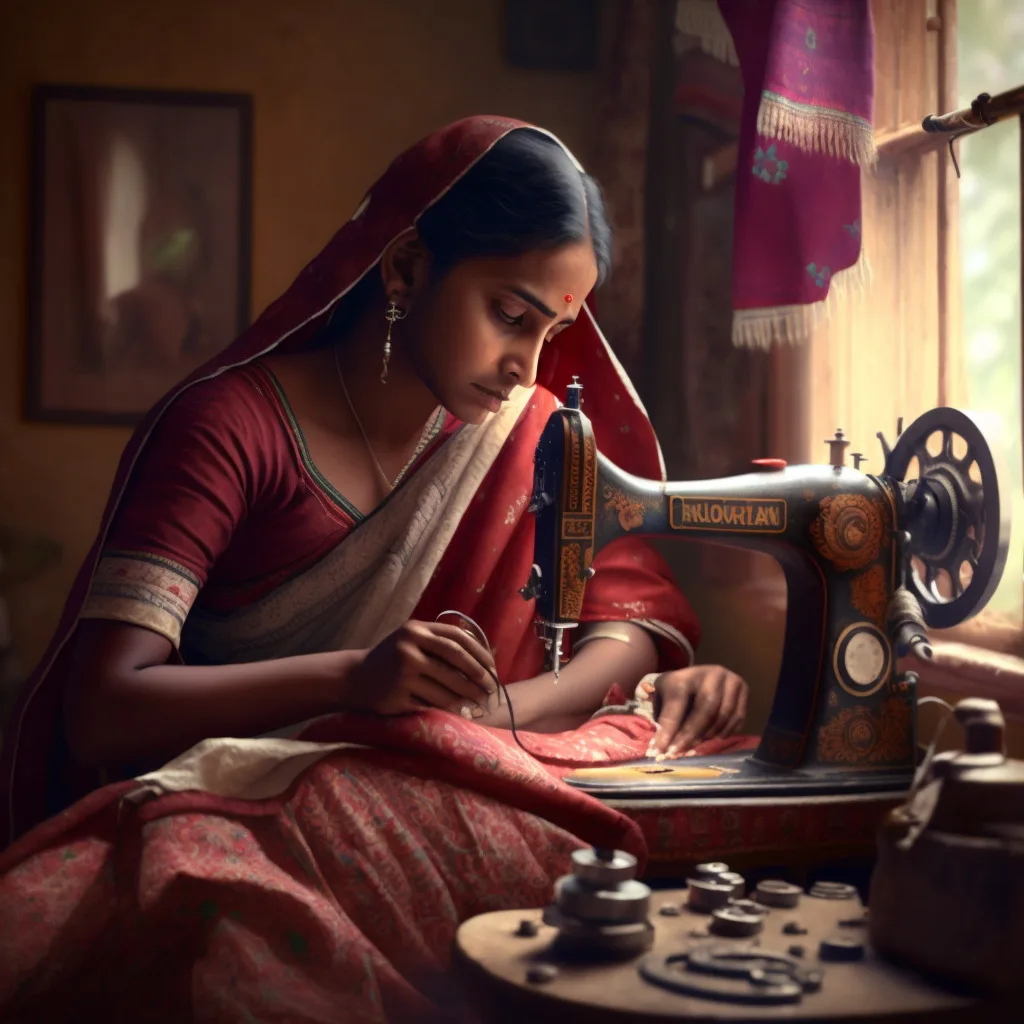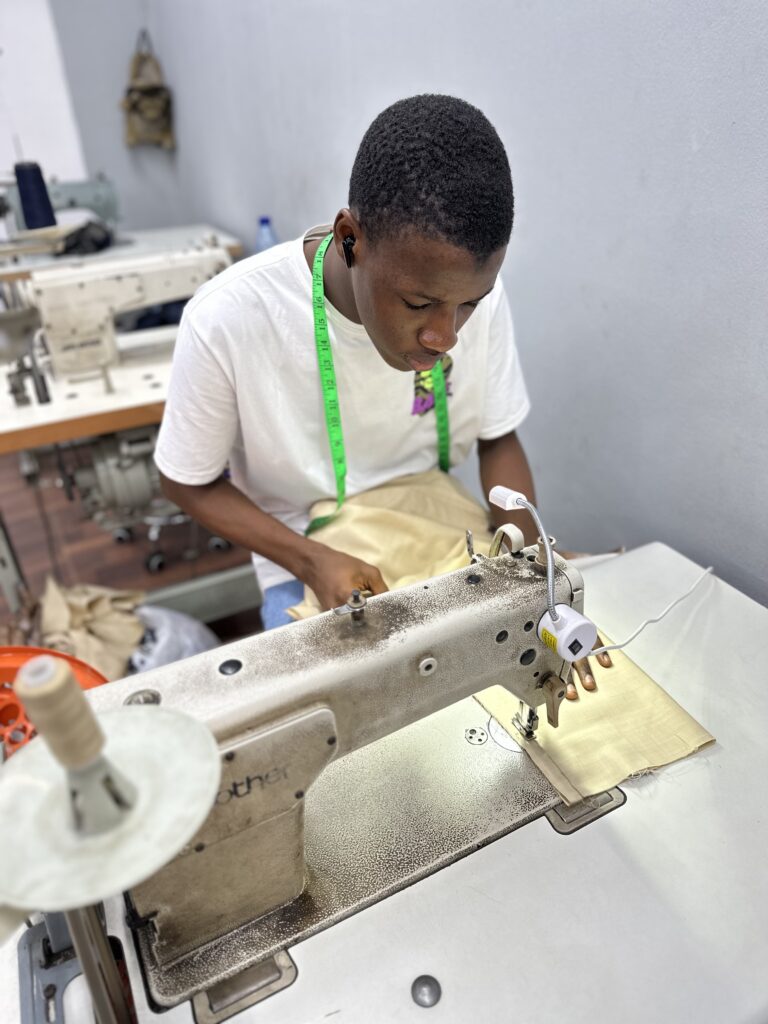Understanding the Tailoring Refine: From Textile Choice to Last Fitting for the Ideal Wardrobe
The customizing procedure is an intricate interplay of art and scientific research, beginning with the important decision of fabric choice and finishing in the accurate modifications of final fittings. Each textile kind brings distinct qualities that influence not just the aesthetic appeal yet additionally the garment's durability and suitability for numerous events. Understanding the subtleties of customizing techniques can elevate one's closet to unmatched degrees of elegance. As we check out these elements better, one need to think about how also the smallest information can dramatically affect the total result of one's personal design.
Importance of Material Option
Choosing the ideal textile is essential in the tailoring procedure, as it straight influences the comfort, longevity, and overall aesthetic of the last garment (tailor perth). The option of fabric sets the structure for the garment's style, performance, and capability. Different fabrics possess distinct residential or commercial properties, such as breathability, weight, and stretch, which can substantially impact exactly how the garment drapes and fits the body
Additionally, material option affects the garment's long life and ease of care. Top quality fabrics can withstand wear and tear, keeping their look and framework gradually, while lower-quality materials may lead to pilling or fading. In addition, the appropriate material contributes to the garment's ability to transition throughout occasions and periods, therefore improving adaptability.
A tailored item made from a proper material not just showcases workmanship however also boosts the wearer's confidence. Subsequently, comprehending the nuances of textile choice is critical for any kind of tailoring undertaking. It guarantees that the end product not only satisfies the aesthetic needs of the client yet likewise aligns with useful requirements, therefore accomplishing a harmonious balance in between kind and feature in the tailored wardrobe.
Kinds of Fabrics and Their Usages
Comprehending the different kinds of materials available is crucial for making informed decisions throughout the customizing process. Each material possesses unique features that dictate its viability for specific garments and events.
Its adaptability permits it to be customized right into everything from t-shirts to gowns. Its all-natural flexibility aids garments maintain shape over time.
Silk radiates high-end and is light-weight, making it excellent for eveningwear and fragile blouses; however, it requires cautious handling because of its frailty. Bed linen, with its distinctive surface, is a preferred selection for cozy environments, giving a crisp and airy feel, yet it wrinkles easily, which might impact the garment's appearance.
Synthetic fabrics, such as polyester and nylon, offer resilience and resistance to creases, making them ideal for daily wear and energetic garments. Understanding these material types and their residential or commercial properties permits far better decision-making, making certain that each customized item not just fits well but likewise aligns with the designated objective and event.
The Tailoring Methods Described
The art of customizing depends on a variety of techniques that change material into well-fitted garments. Central to this process is pattern composing, where a dressmaker produces templates based upon the customer's measurements and wanted design. This preliminary action makes certain that the garment will certainly fit the wearer correctly before any kind of reducing occurs.
As soon as patterns are established, cutting strategies enter play. Accuracy is vital as inaccuracies can lead to misfitting garments. Tailors usually use various reducing methods, such as single-layer reducing for elaborate designs and multiple-layer reducing for efficiency on common patterns.
Basting is another crucial method, permitting tailors to temporarily stitch textile assemble for a preliminary installation. This technique supplies the chance to analyze the drape and general shape before final sewing.
Seaming strategies, including french joints and flat-felled joints, enhance the garment's sturdiness and visual appeal. Tailors likewise utilize methods such as interfacing and cushioning to give structure and shape to certain locations, like shoulders and collars.
Finally, ending up techniques, including hemming and edge ending up, make certain the garment's longevity while offering a refined look. Together, these methods form the foundation of reliable customizing, resulting in splendid, tailor-made clothing.
Fitting Changes and Factors To Consider

Trick factors to consider consist of the shoulder fit, which needs to neither droop neither restrict activity, and the sleeve size, which ought to enable comfortable arm movement while maintaining a sleek look. Additionally, changes at the waistline can improve the silhouette, with choices to let out or take in fabric as needed.
The increase of trousers is another critical factor; it needs to sit comfortably over the hips without causing pain, enabling convenience of motion. Hemming lengths for both trousers and skirts should show the user's favored design while appreciating proportions.

Maintaining Your Tailored Wardrobe
Appropriate upkeep of tailored garments is vital to maintaining their fit and look with time. To make certain long life, normal cleaning is critical. Always comply with the care label instructions, which may advise completely dry cleansing for fragile materials or maker washing for more sturdy products. Stay clear of regular laundering, as this can use down the material and alter the garment's shape.
Storage is equally vital; use cushioned hangers for jackets and layers to maintain shoulder framework, and store trousers folded up nicely or hung visit this page to stop creasing. Secure garments from direct sunshine, which can fade colors and damages fibers.
Additionally, routine examinations for minor repairs can protect against larger issues. Look for loose buttons, fraying seams, or signs of moth damages, dealing with these problems without delay to preserve the garment's honesty.
Finally, consider seasonal turning. Putting on customized items in moderation permits materials to recover, prolonging their life expectancy. By executing these upkeep techniques, you can make certain that your tailored garments continue to be as pristine as the day you first used them, enhancing your suitable wardrobe for many years ahead.
Final Thought
The tailoring procedure, encompassing material option, proficient techniques, and accurate fitting changes, plays an important duty in creating garments that improve both convenience and design. Each phase adds to the general performance of the last product, guaranteeing that apparel not only see this fits well but also shows specific identification. Moreover, comprehending the significance of upkeep expands the life of customized garments, solidifying their value in a well-curated wardrobe. A thorough strategy to customizing culminates in a sleek and positive look.
Selecting the ideal material is important in the tailoring process, as it straight affects the convenience, resilience, and overall visual of the last garment. The choice of fabric sets the structure for the garment's style, functionality, and efficiency. Different fabrics have special residential or commercial properties, such as weight, breathability, and stretch, which can substantially affect just how the garment drapes and fits the body.
The art of customizing relies on a selection of techniques that change material right into well-fitted garments.The tailoring procedure, including fabric choice, experienced strategies, and accurate suitable modifications, plays a crucial function in creating garments that improve both comfort and style.